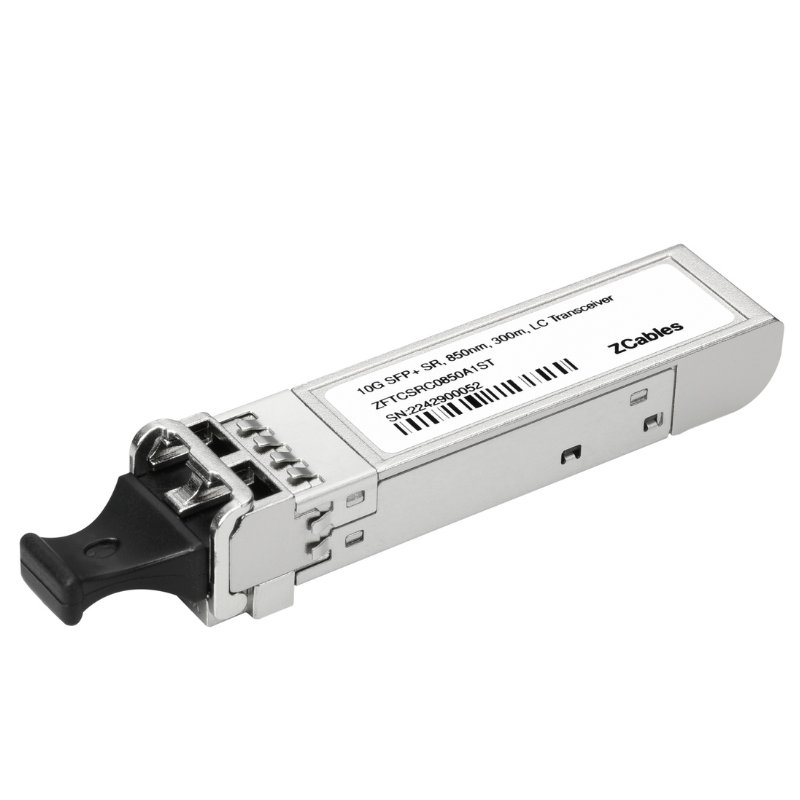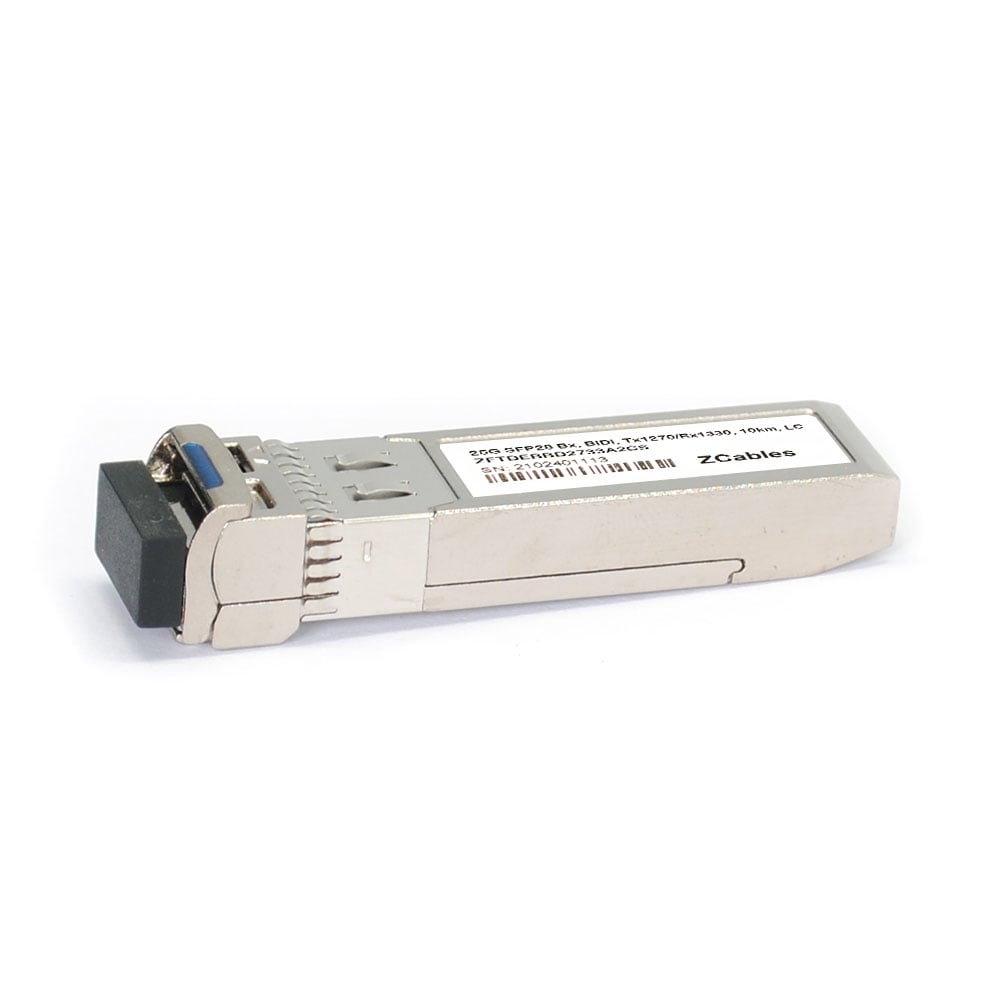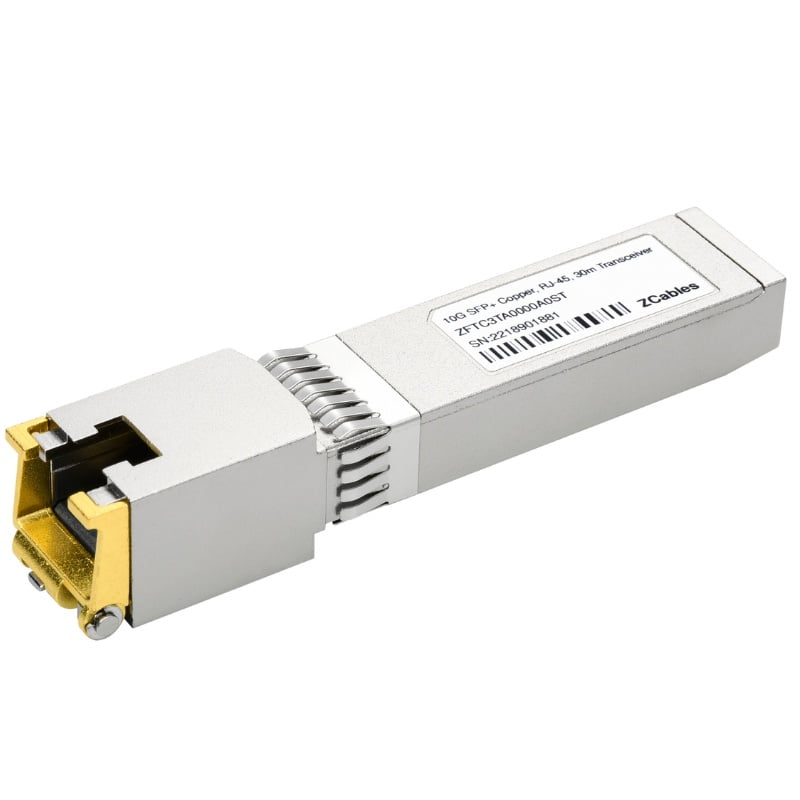ZFTCSRC0850A1xx Series, Fiber Optic Transceiver Modules
Results:
4
Manufacturer
Series
Applications
Data Rate
Connector Type
Wavelength
Voltage - Supply
Mounting Type
Results remaining:4
Applied Filters:
ZFTCSRC0850A1xx
About Fiber Optic Transceiver Modules
Fiber optic transceiver modules are essential components used in fiber optic networks for transmitting and receiving data via fiber optic cables. These modules are housed in adaptive enclosures and incorporate both a light source for transmitting data and a photodiode for receiving fiber optic signals.
The mounting options for fiber optic transceiver modules are diverse, catering to different network configurations and requirements. These options include pluggable solutions such as CXP, QSFP, SFF, SFP, and XFP, as well as surface or through-hole mountings. Other mounting options include CFP, 1x9 SC, and panel mountings, providing versatility in integration within various network setups.
Key selection parameters when choosing fiber optic transceiver modules include data rate, wavelength, application, and connector type. Data rate refers to the speed at which data is transmitted and received, and it is crucial to select a transceiver module that supports the required data rate for the specific application. Wavelength compatibility is also essential to ensure proper transmission and reception of optical signals.
The application of the fiber optic transceiver module determines factors such as power budget, distance limitations, and environmental considerations. Different applications may require specific module specifications to meet the demands of the network.
Connector type is another critical parameter, as it determines the compatibility and ease of integration with existing fiber optic cables and interfaces. Common connector types supported by fiber optic transceiver modules include LC, SC, ST, and MPO/MTP, among others.
By selecting the appropriate fiber optic transceiver module based on specifications such as data rate, wavelength, application, and connector type, network operators can ensure reliable and efficient transmission of data over fiber optic networks. These modules provide the necessary functionality for transmitting and receiving data, allowing for seamless communication and connectivity within the network infrastructure.



